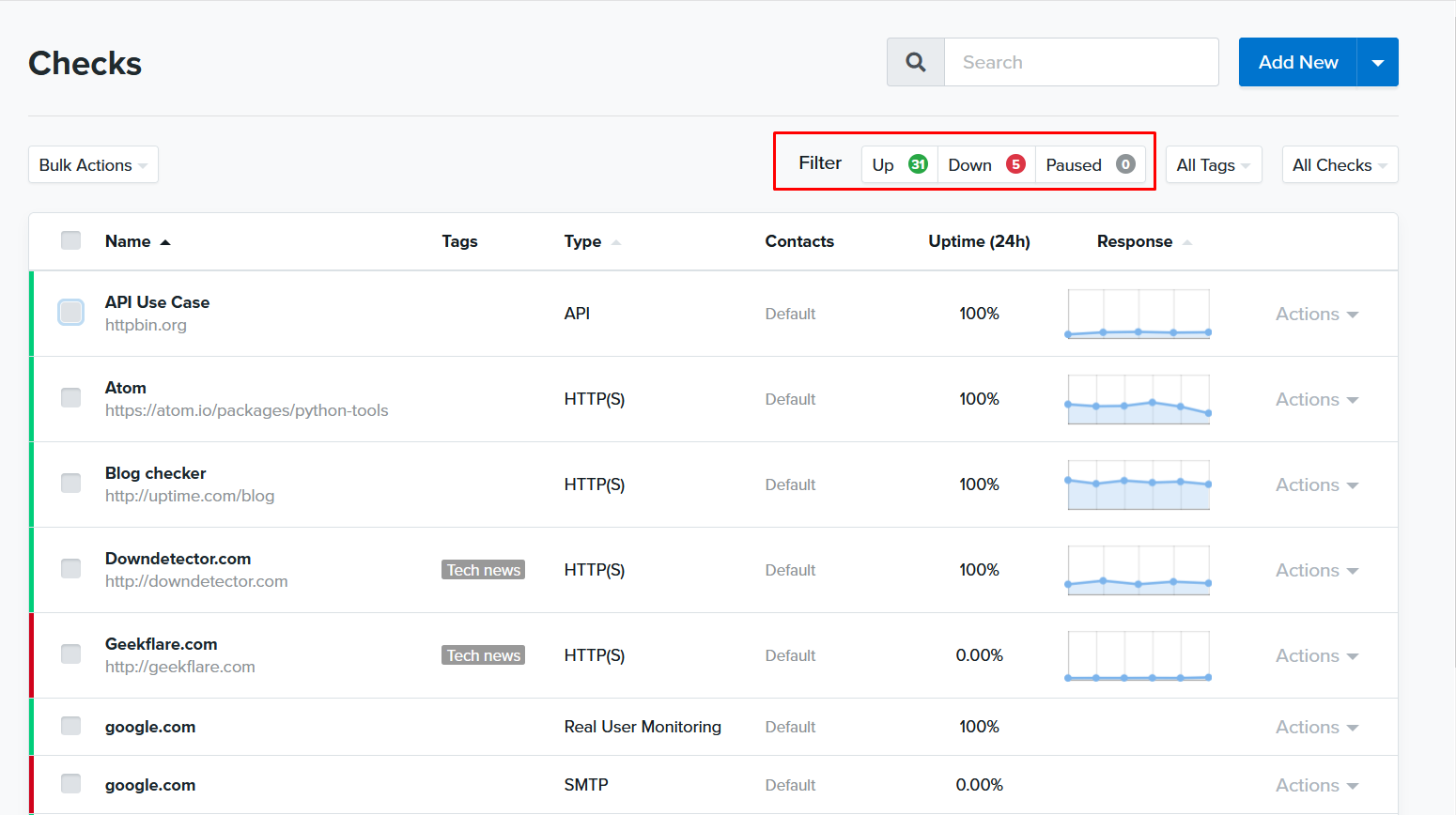

- CUSTOMCHECK UTIME HOW TO
- CUSTOMCHECK UTIME .EXE
- CUSTOMCHECK UTIME ARCHIVE
- CUSTOMCHECK UTIME WINDOWS 10
- CUSTOMCHECK UTIME DOWNLOAD
If you’re more of a GUI type person then you’ll be happy to know that you can use Task Manager to view system uptime.Īll you have to do is open Task Manager (can search start menu for Task Manager, right click the task bar and click on Task Manager, or search for taskmgr.exe) and open the Performance tab. The only drawback to this updated version is that it doesn’t contain the extra options such as checking windows uptime on a remote computer. The command syntax is nearly identical to the original Uptime.exe as you can see here: C:\WINDOWS\system32>uptime
CUSTOMCHECK UTIME DOWNLOAD
That is because a new uptime.exe was developed under the open source project uptimeEXE which you can download here at Codeplex. Now I did say original Uptime command earlier. \\DOMCON1 has been up for: 1 day(s), 12 hour(s), 6 minutes(s), 58 seconds(s) Which results in: C:\WINDOWS\system32>uptime Or you can use this command to see the uptime on a remote server or workstation: uptime remoteservername You can then run the following command to find the system uptime: uptime
CUSTOMCHECK UTIME .EXE
exe and place inside your C:\Windows\System32 folder.
CUSTOMCHECK UTIME ARCHIVE
Now you have resort to downloading it from the Internet Archive URL or our website here. You used to be able to download it via KB232243. The original Windows Server Uptime command was part of a program released by Microsoft called Uptime.exe. It is time since computer has been running displayed in days, hours, minutes and seconds.

If the named file is a symbolic link, utime() resolves the symbolic link. If times is a NULL pointer, the access and modification times are set to the current time. See the 11th entry on the screen System Uptime. The utime() function sets the access and modification times of path to the values in the utimbuf structure. You will see lot of information being displayed about your computer. Any status other than OK will make the check count as down. The script needs to output XML in the format shown below. Just put your check script on a web server and enter the URL to the script above. Use the Windows Uptime Command (Uptime.exe) Black command prompt window should appear. Using the custom check you can run your own check scripts and let Pingdom get the status and response time. Or use a utility like PSExec from Microsoft PSTools to enter a remote command line. If you want to check the boot time on a remote server you can either use the this command: systeminfo /s remoteservername | find “System Boot Time” Which outputs: C:\WINDOWS\system32>systeminfo | find "System Boot Time" You can cut down the output to just the system boot time line by using a pipe and the find operator like so: systeminfo | find “System Boot Time”
CUSTOMCHECK UTIME HOW TO
How to Check Uptime in Windows with SystemInfoĪnother way to see the the last boot time of your machine using a simple command prompt command is to use: systeminfo The line starting with “Statistics since …” displays the last time your computer was booted up. Server Message Blocks (SMBs) transmitted 0 The output will look like this: C:\WINDOWS\system32>net statistics workstation
CUSTOMCHECK UTIME WINDOWS 10
If you’re using a workstation OS such as Windows 8.1 or Windows 10 use the command ending in workstation. If you’re on a server OS such as Server 2016 or Server 2019 then use the command ending in Server. You just need to open command prompt or PowerShell and type either: net statistics server

Rather than bore you with the details lets jump into each of them starting with the easiest. There are several really simple ways to check uptime in Windows Server 2016, 2019, and Windows 10 using Command Prompt or PowerShell. Use the uptime command with -h command line option to display help.Like many things in the Microsoft Windows universe, there are several ways to check Up Time of your systems.įortunately, they are all easy and quick! How to Check Windows Uptime via Command Line Use the uptime command with -V command line option to display the version information. If you want to specifically display just the date and time since when the Linux system has been running, use the uptime command with -s command line option. If you want to display the uptime in pretty format, use the uptime command with -p command line option. Root privileges are not necessary to perform this check. To display uptime, just type uptime and press enter. Let’s learn how to check Linux uptime using the uptime command. The uptime is the amount of time the Linux system has been continuously running since the last restart.


 0 kommentar(er)
0 kommentar(er)
